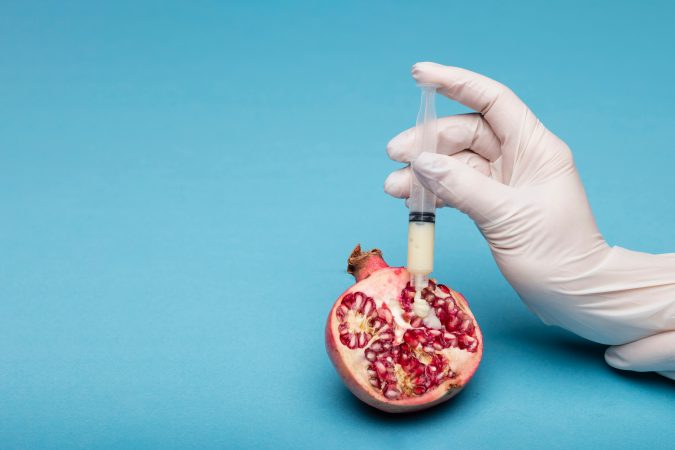Intrauterine insemination or IUI is a widely preferred treatment of choice due to varied reasons. There are various common questions that might nag one before finalizing IUI. Some of them are,
How long will it take? What should you expect? How much does it cost? And much more…
This step by step guide gives you detailed information on every aspect of the IUI treatment.
The Drugs
Drugs are prescribed depending on the health and underlying issues of the patient. All of this is taken care of by the doctor. Some women will just have issues with the timing and don’t require any drugs, while some are prescribed different doses of Clomid or any other stronger medication to induce or delay ovulation until their eggs are at the right size.
Women are generally advised to take injection shots and this can either be subcutaneous or intramuscular.
Subcutaneous injections-The injection is administered to the subcutaneous tissue that lies below the skin. In this method, the shot penetrates to the fatty tissue underlying the skin and muscles This is a very common method to administer hormone fertility drugs. These shots don’t hurt much and are non-invasive but may result in slight swelling and bruises.
Subcutaneous injections can be easily self-administered as well.
Intramuscular injections – These shots are injected into the muscle directly. They are painful and minimally invasive. These injections cannot be self-administered. You will definitely need assistance, someone with steady hands to administer these intramuscular injections.
However, like all shots, these are done quickly. They have high absorption and rapid action.
The Monitoring
IUI requires varying levels of monitoring to ensure a smooth treatment. Let’s add some fun quotients by comparing the monitoring patterns with holidays!
“Groundhog’s Day” Level of Monitoring – this is a primary level of monitoring and not so extensive. You have to evaluate the rise in LH levels with the help of OPKs. If there is a surge in the LH levels, then it’s time to head to the doctor’s office. Generally, in non-medicated and natural cycles we go for the “Groundhog’s Day” Level of Monitoring.
“4th of July” Level of Monitoring – you are awaiting your big day and all set for your IUI treatment. Your doctor would recommend certain tests to ensure that things are going in the right way. The hormonal levels would be checked once or twice before the commencement of the ovulation. A vaginal ultrasound is also done to estimate and confirm the size of the eggs. Incase of ovulatory issues, you will be given a special shot to induce ovulation. The following day, insemination is performed in the doctor’s office.
“Christmas” Level of Monitoring – this monitoring involves months of prior planning. It is generally performed in patients with highly medicated cycles. Various check-ups are carried out on an everyday basis, hence you will be required to stay in the hospital till the insemination is performed. It also involves multiple vaginal ultrasounds and blood profile tests and these tests are performed almost daily. Here, you are likely to be in a countdown mode. Therefore, it is essential to take a break from other aspects of your life, anticipating the arrival of the big day.
The Big Day
The eggs are in a perfect size and you are likely to ovulate with or without medication.
And it’s time to head to the doctor. As you head to your doctor’s office, a sperm sample is collected from the male partner. The collected semen samples are cleaned, washed, and preserved in optimum conditions. If in case, you’re looking for the donor sperm, the frozen sperm is thawed and processed accordingly.
And now, The processed sample is inserted into the uterus through the cervix with the help of a thin catheter.
This procedure is performed by the doctor. It might be inconvenient and uncomfortable, but it is minimally invasive. You may experience mild cramps and spotting during the procedure. Post insemination you will be advised to lay there for a while and then, you’re allowed to go home. Once you reach home, you should frantically monitor your body for any symptoms and signs of pregnancy. You are likely to have your results within 14 days of insemination.

